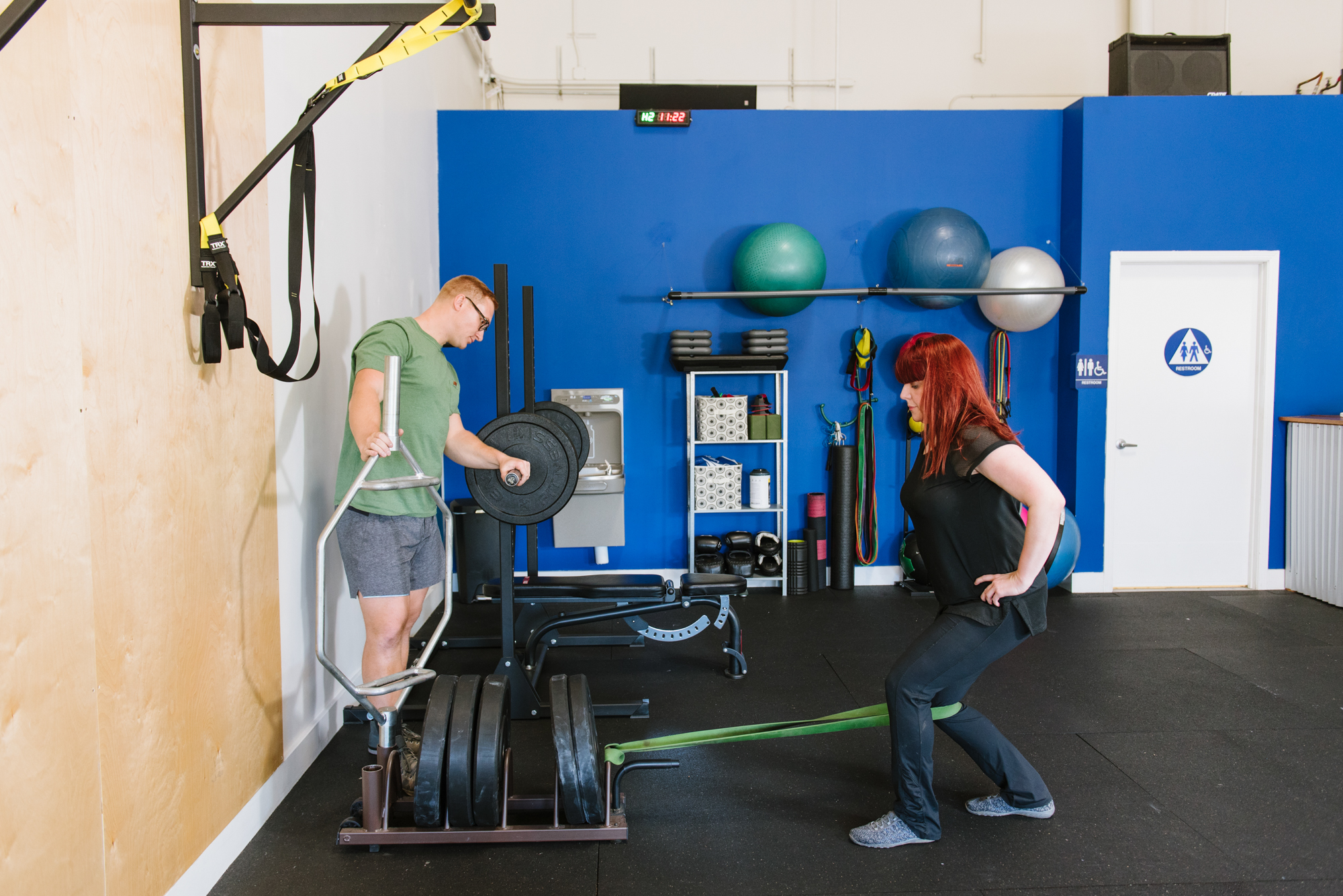The more you move, the less stiff your body will be. The less stiff you are, the more you can move. What happens when we’ve moved so much over the course our lives that now it’s painful to move to avoid getting stiff? What happens when the joints and hinges holding us together begin to creak, crack, and crunch that is not only painful to you, but to people around that can hear your joints sound like Velcro when kneeling to pick something up? The sound of two marbles rubbing together when moving your knees could be the result of more than 20 years of manual labor, the healing of injuries and surgeries, or just the amount of time spent on this earth contributing to wear and tear. These symptoms contribute to arthritis and threats to future injuries.
A critically important joint to maintain so we can remain happy and productive in our future is the almighty knee joint. Healthy knees joints are responsible for daily physical activities like picking things up off the ground, getting in and out of cars, or stepping up stairs and curbs. We utilize our knees joints when interacting with our kids or grandkids, wrestling on the ground or getting down to their level to play. One of the most common activities we do as human is sit. Optimally functioning knees are responsible for getting in and out of chairs. A knee that is lacking in structural integrity, strength, and coordination can hinder us from these normal daily functions.
As bipedal organisms, humans depend on putting one foot in front of the other when walking. A car with old, rusty suspension and deteriorated wheels can’t be trusted to travel 100 miles. Just like an unkept car, the human body can’t keep up with the demands of life with neglected knees. Wouldn’t it be nice if we could keep the shocks and wheels of the knees functioning properly through our future years? With regular knee strengthening exercise, this is possible. Even if father time decides to sprinkle a little age on our knees every 10 years
Significant structures of the knee joint include ligaments that protect the knee joint from going out of it’s normal side-to-side or front-to-back range of motion. The meniscus is a thick pad of cartilage responsible for absorbing force between the thigh and shin bone is also noteworthy. Symptoms of arthritis can occur when the thigh bone and shin bone rub together due to the wearing down of the meniscus. When arthritis is paired with inactivity, the bones lack stimulus to regrow because there is no stress or demand to move. A vicious cycle can occur as knee pain hinders our desire to move.
A solution we offer our personal training clients in Napa is to focus on strengthening large groups of muscles in the lower extremities to reinforce the knee. Popular muscles targeted for knee strength are the quads, hamstring and abductors of the leg. These muscles are responsible for reinforcing the structural integrity of the knee and reducing the likelihood of pain through bone-on-bone rubbing.
Quadriceps are responsible for extending the leg and ensuring the stability of the kneecap Strong quadriceps will protect the kneecaps from shifting and scuffing the surface underneath, further decreasing arthritic pain. Hamstrings attach on the back of the hip, through the back of the thigh bone and just below the knee joint. Strong hamstrings not only aid efficient leg movement but are also a useful addition to reinforcing knees that have been affected by injuries to the ACL and PCL. When the significant ligaments of the knee are affected from injuries or weakened over time due to inactivity, they don’t regenerate efficiently. Therefore, using a strong and large muscle to reinforce the joint is a useful alternative. Abductors are responsible for bringing the leg away from the midline of the body, lateral movement, and a contributor to correcting balance. Similar to their cousins the quadriceps and hamstrings, the abductors serve as another reinforcing bracket of muscle that will protect the knee from injuries and also help reinforce bones from rubbing together at the knee joint. Most importantly, performing resistance training on these muscle groups stimulate blood flow and regeneration of bone and cartilage cells in the knee joints, decreasing the detrimental effects of arthritis.
If we don’t want age to slow us down, we need to decrease joint pain over time. We want to enjoy our hobbies, recreational sports, and hanging out with our families after we retire. Don’t let the advancement of age slow you down by worrying about previous knee injuries and arthritis. Strengthen the muscles of the knee joint and live a strong, happy, healthful life as time passes by.
For more information on exercises that will build the hamstrings, quadriceps, and abductors of the thigh, tune in next week for “knee future proofing, part 2.”
Sean McCawley, the founder and owner of Napa Tenacious Fitness in Napa, CA, welcomes questions and comments. Reach him at 707-287-2727, napatenacious@gmail.com or visit the website napatenaciousfitness.com.

